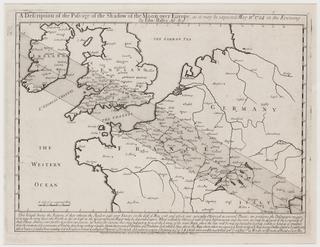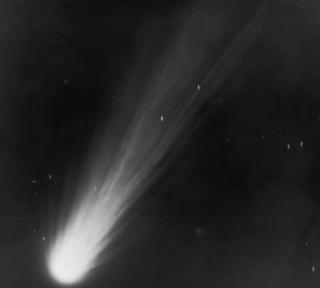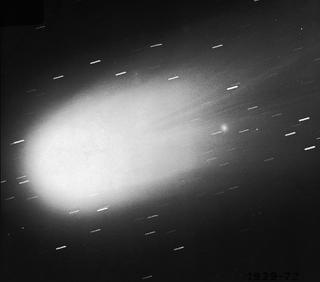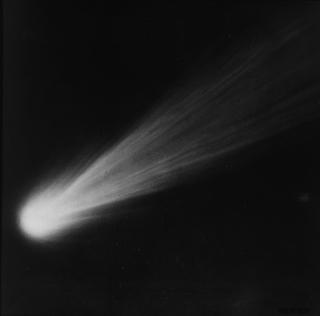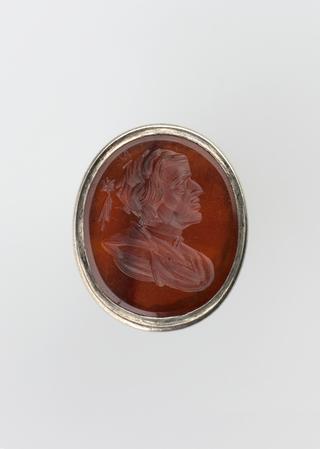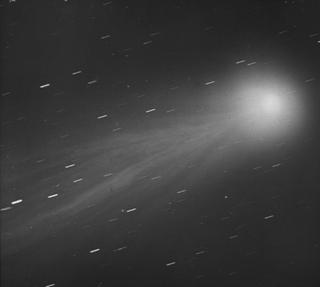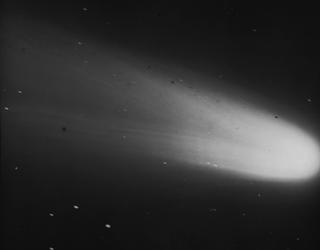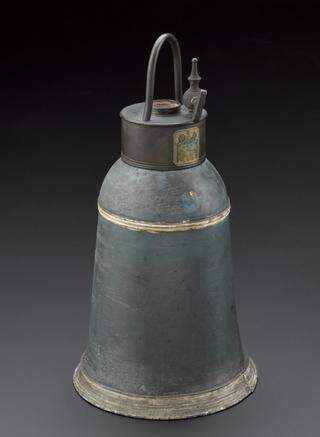
Edmond Halley 1656 - 1742
- occupation:
- Astronomer
- Nationality:
- English
- born in:
- Shoreditch, Hackney, London, Greater London, England, United Kingdom
Edmond Halley was an astronomer, geophysicist, mathematician, inventor, explorer, meteorologist. He was fluent in Latin, Greek, Arabic.
1673 – Halley began his studies at Queen’s College, Oxford University.
1676 – Dropped out of his Oxford studies to embark on an expedition to the south Atlantic island of Saint Helena, of Saint Helena, Ascension, Tristan da Cunha, with the support of King Charles II. The objective was to study and comprehensively document the stars in the southern hemisphere. During his year at Saint Helena, Ascension, Tristan da Cunha, Halley observed the transit of Mercury across the sun, resulting in his synopsis that observing Venus’ transit, would enable the measurement of distance between the sun, Earth and Venus. In 1716, he devised a method for how to observe Venus’ transit.
1678 – Published the first map of the south solar system including 350 stars in a paper called Catalogus stellarum australium. The success of this research resulted in his election as a Fellow to the Royal Society, as well as a Master of Arts Degree, awarded by Oxford (without having taken the course), on the request of King Charles II. Halley was only twenty-two at this time.
1986 – Published a further paper based on research from his time at Saint Helena, Ascension, Tristan da Cunha regarding trade winds and monsoons in Philosophical Transactions called: An Historical Account of the Trade Winds, and Monsoons, Observable in the Seas between and near the Tropicks, with an Attempt to Assign the Physical Cause of the Said Wind. Through this work he discovered the relationship between barometric pressure and elevation. The maps included in the paper show the prevailing winds over the oceans and are one of the first examples of thematic cartography. Halley’s maps are the basis for meteorological charts today.
1687 - Sponsored and financed the publication of Sir Isaac Newton’s Philosophiæ Naturalis Principia Mathematica.
1691 – Halley designed and built a diving bell, which allowed himself and five others to dive under the Thames for more than an hour. Oxygen was supplied to the bell using weighted barrels of air from above the surface.
1693 - Published a life annuities article (now known as Life Insurance) which was used by the British government to sell annuities at a correct price depending on the buyer’s age.
1698 – Embarked on the first solely scientific expedition by a British ship on the Paramour, a 52 feet (16 m) pink. Halley was tasked with more accurately documenting the British colonies. The voyage took him from 52 degrees north to 52 degrees south.
1703 – Elected Savilian Professor of Geometry Oxford (his previous attempt at election in 1691 was thwarted by opposition from the Anglican Church regarding Halley’s religious views).
1705 – Published the paper Astronomiae cometicae synopsis (A Synopsis of the Astronomy of Comets) which correctly hypothesised that the comets of 1456, 1531, 1607, and 1682 were the same recuring comet, following regular orbits around the sun, and this comet would return to Earth’s vicinity in 1758.
1720 – Elected as the second Astronomer Royal, following John Flamsteed.
